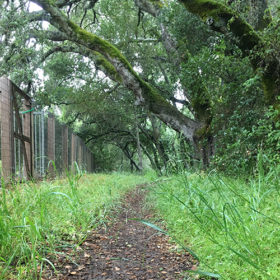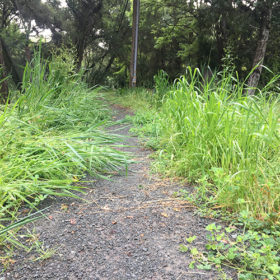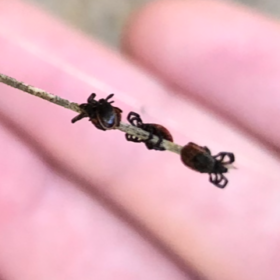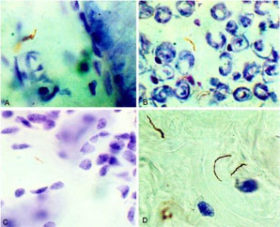FOR IMMEDIATE RELEASE
Media Contact:
Tara DiMilia, 908-947-0500, tara.dimilia@TMstrat.com
Bay Area Lyme Foundation Tick Testing Program Adds Bartonella Pathogen Assay
Nationwide Free Tick Testing Initiative Will Inform Citizen-Science Studies to Better Understand the Spread of Ticks Carrying Diseases Throughout U.S.
Silicon Valley, CA, July 11, 2019 — Bay Area Lyme Foundation, a leading sponsor of Lyme disease research in the U.S., today announced the relaunch of its nationwide free tick testing program, which will include an assay for Bartonella, a disease-causing pathogen carried by ticks. Based on the success of the Free Tick Testing Citizen Science program, Bay Area Lyme Foundation has significantly increased funding for the 2019 nationwide collection effort, adding an automated submission process and increased research support. Researchers anticipate this citizen- science program will enable the organization to unearth further discoveries.
Results of the first citizen-scientist study were published in the peer-review journals PLOS ONE in 2018, and International Journal of Health Geographics in 2019. The study, which evaluated the prevalence of disease-carrying ticks throughout the United States, and included a massive sample of more than 16,000 ticks collected from 49 U.S. states and Puerto Rico, led to the discovery of ticks capable of carrying Lyme and other tick-borne diseases in 83 counties, in 24 states, where these ticks had not been previously recorded. The program received a six-fold increase in tick submissions over initial estimates, representing unprecedented national coordination of a ‘citizen science’ effort and diagnostic investigation.





 The following is a guest post by one of our esteemed Advisory Board members,
The following is a guest post by one of our esteemed Advisory Board members,  The following is a post from a guest author,
The following is a post from a guest author,